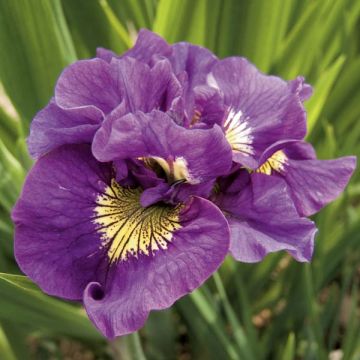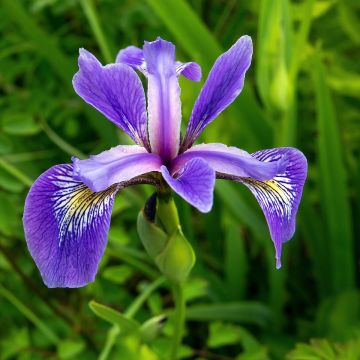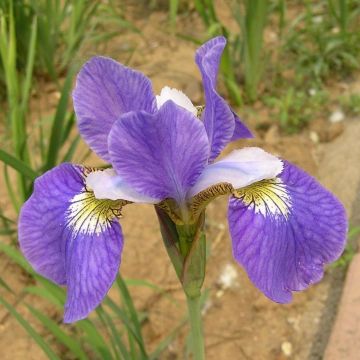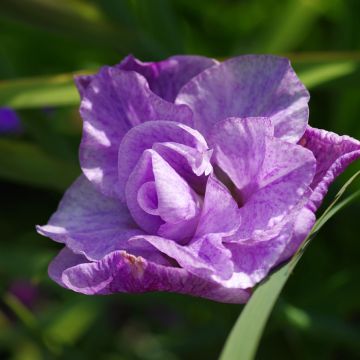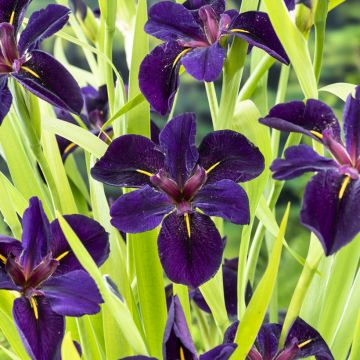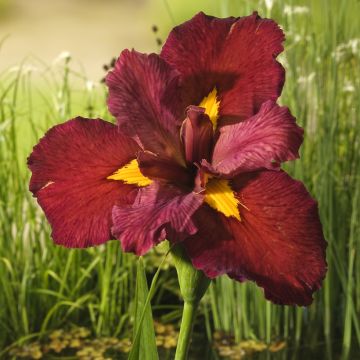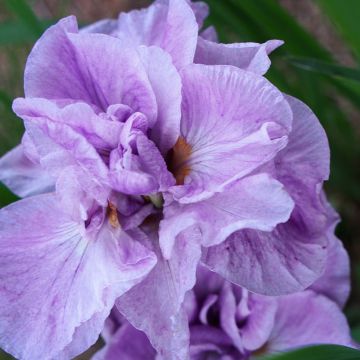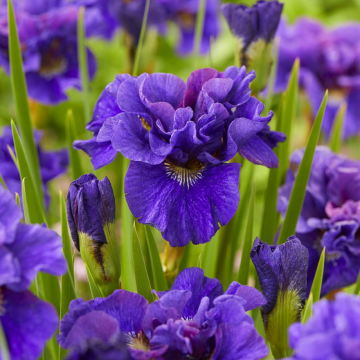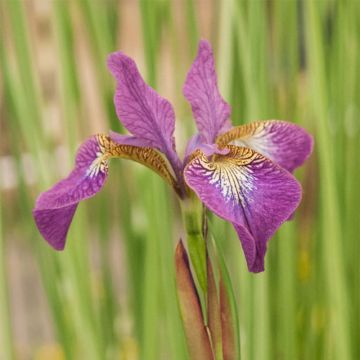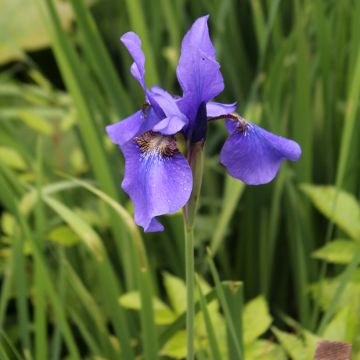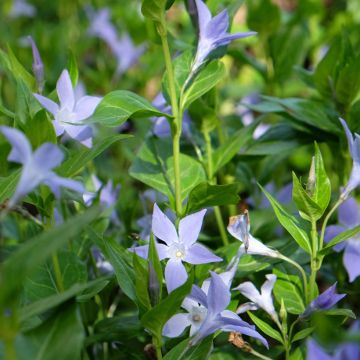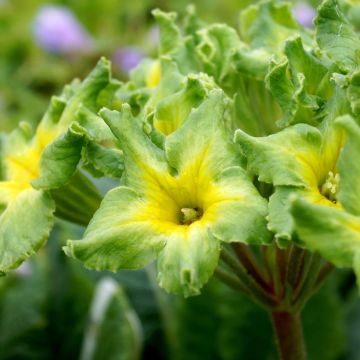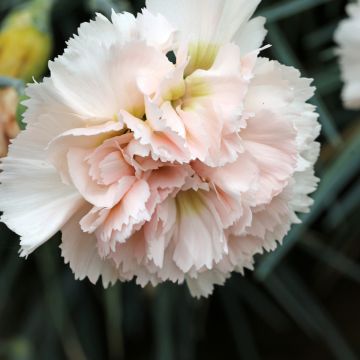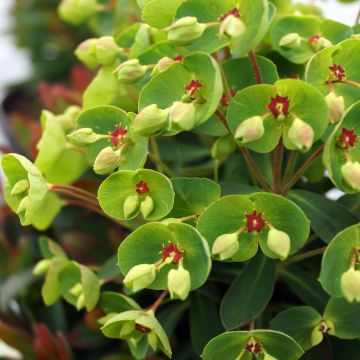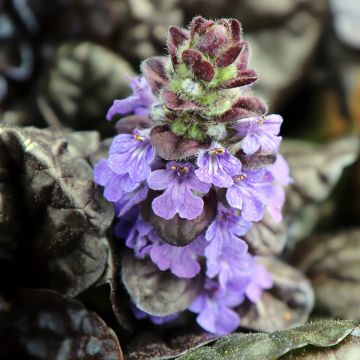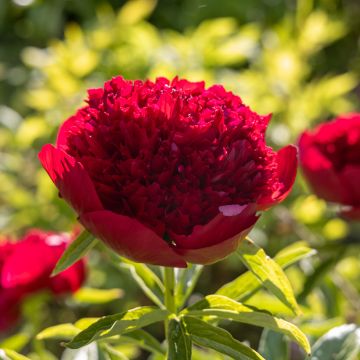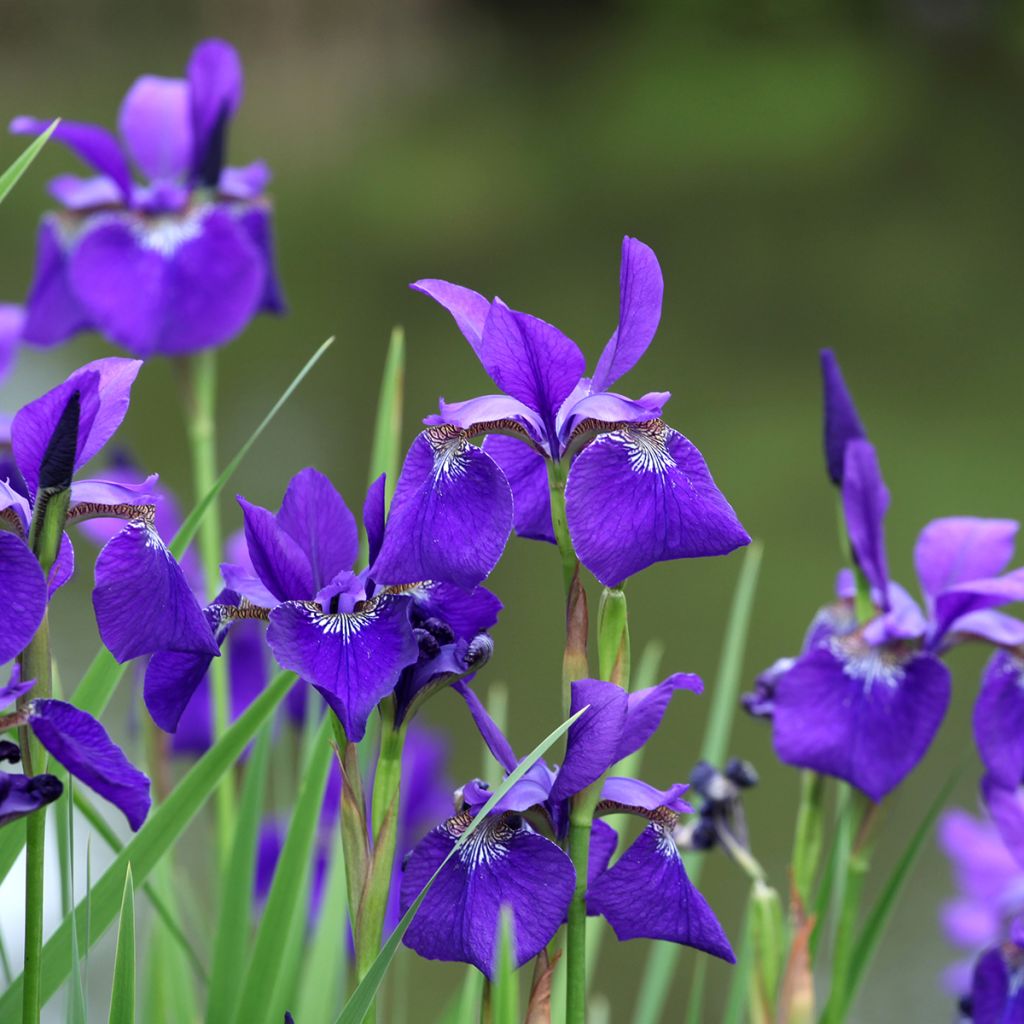

Iris sibirica Caesars Brother - Siberian Iris
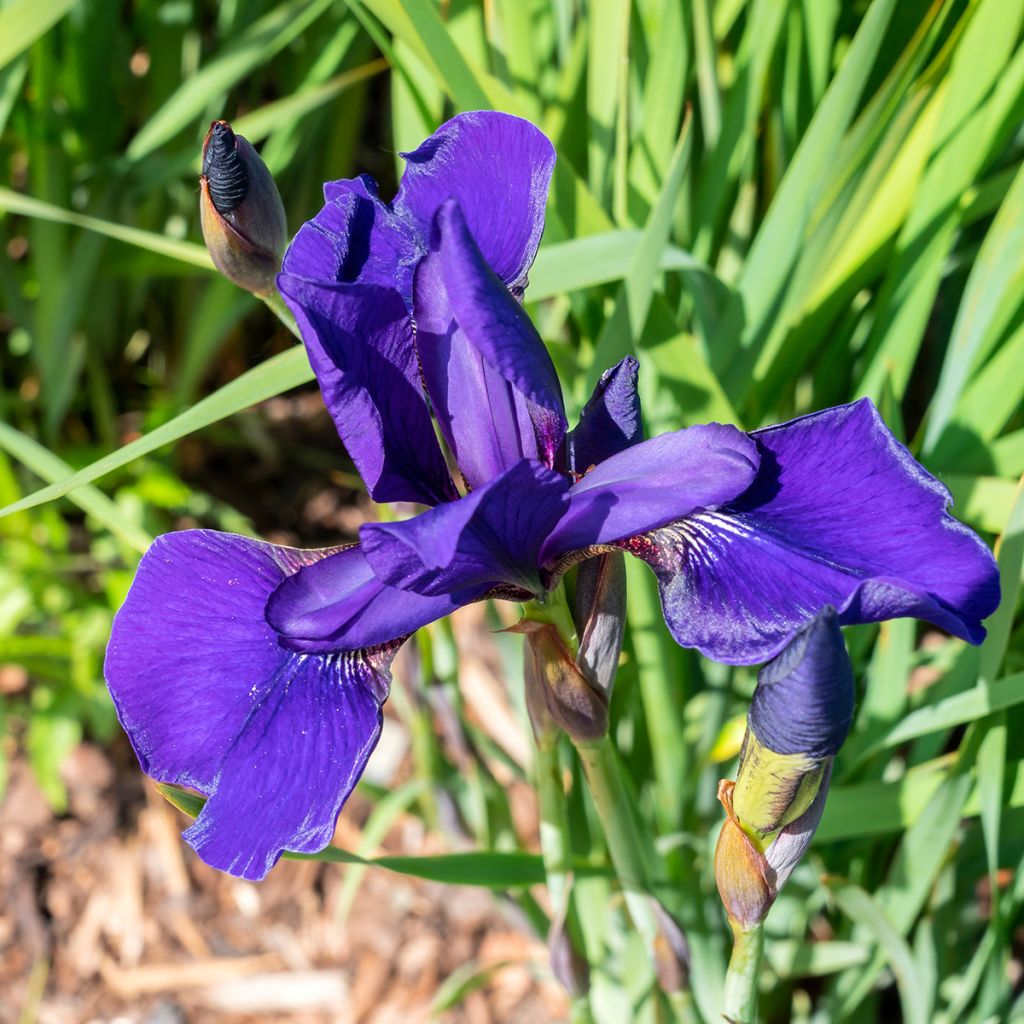

Iris sibirica Caesars Brother - Siberian Iris
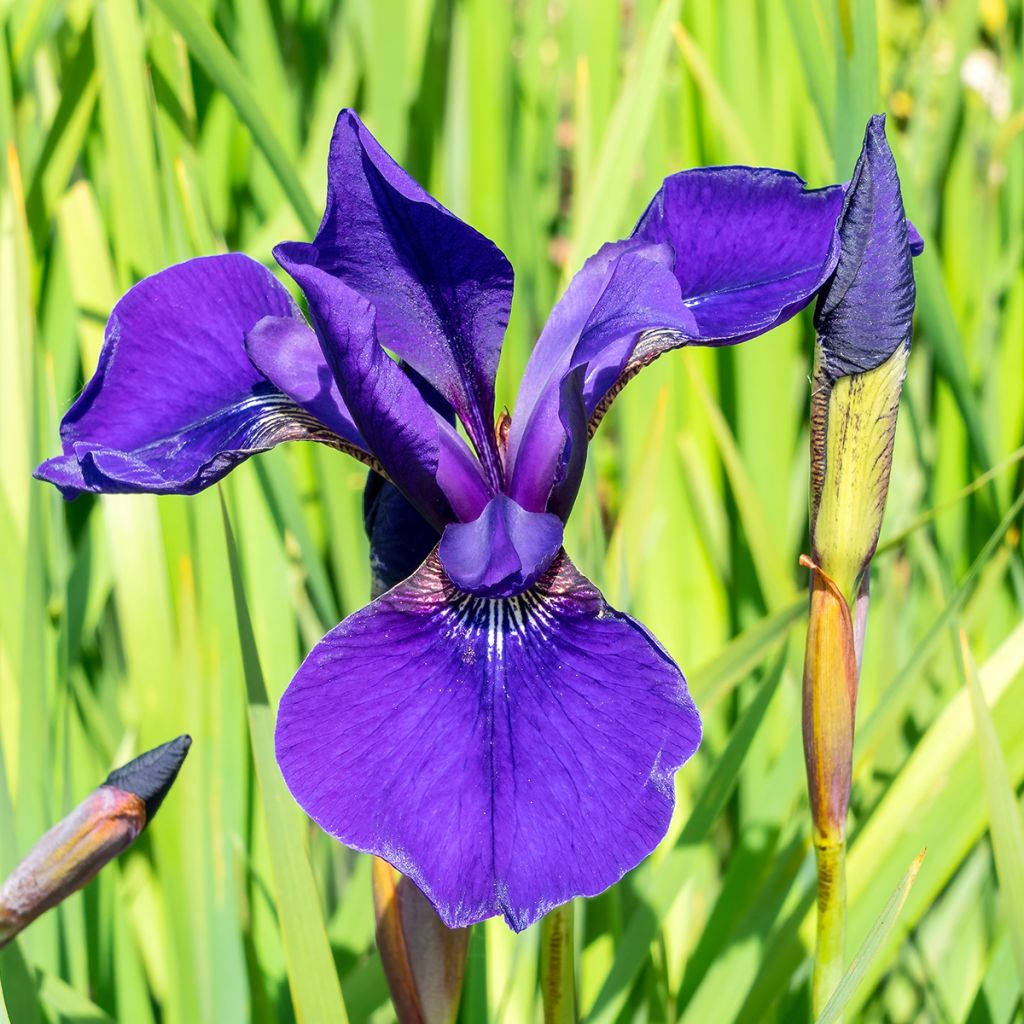

Iris sibirica Caesars Brother - Siberian Iris
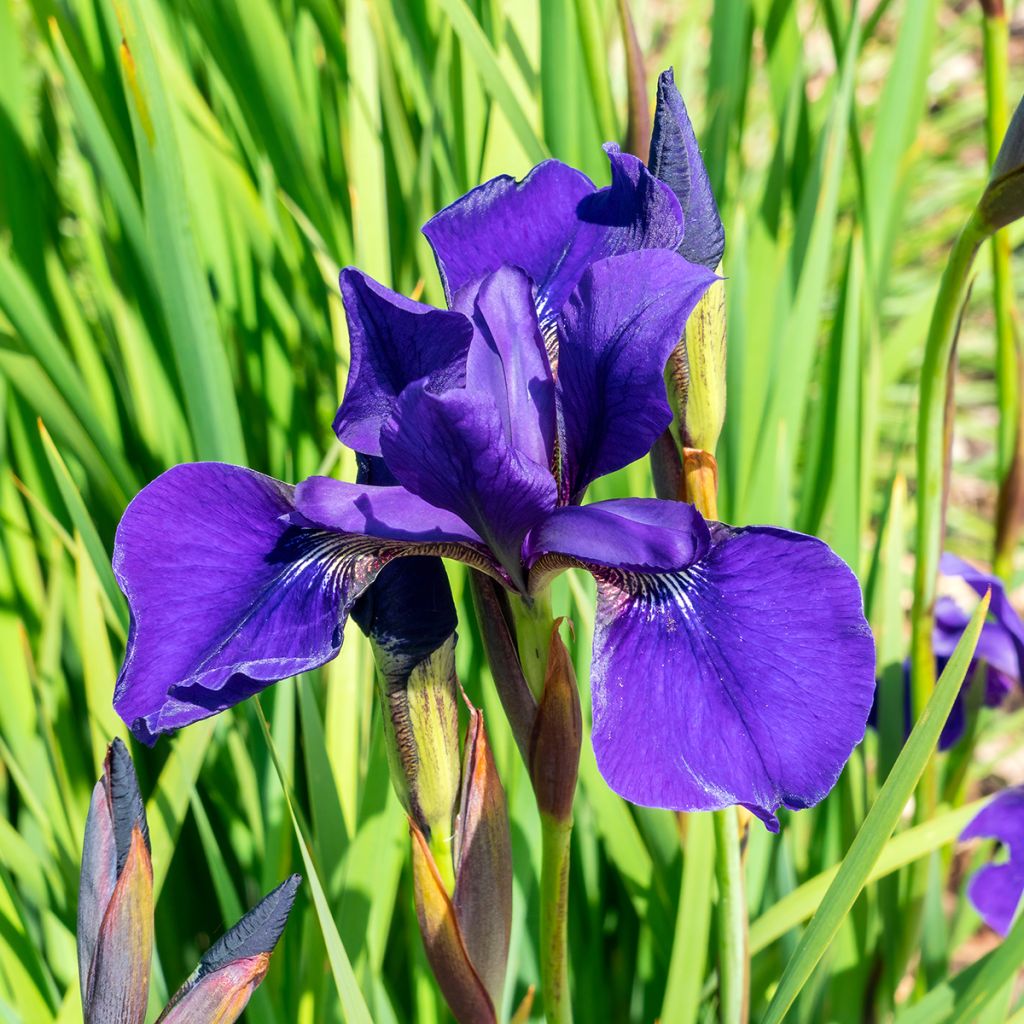

Iris sibirica Caesars Brother - Siberian Iris
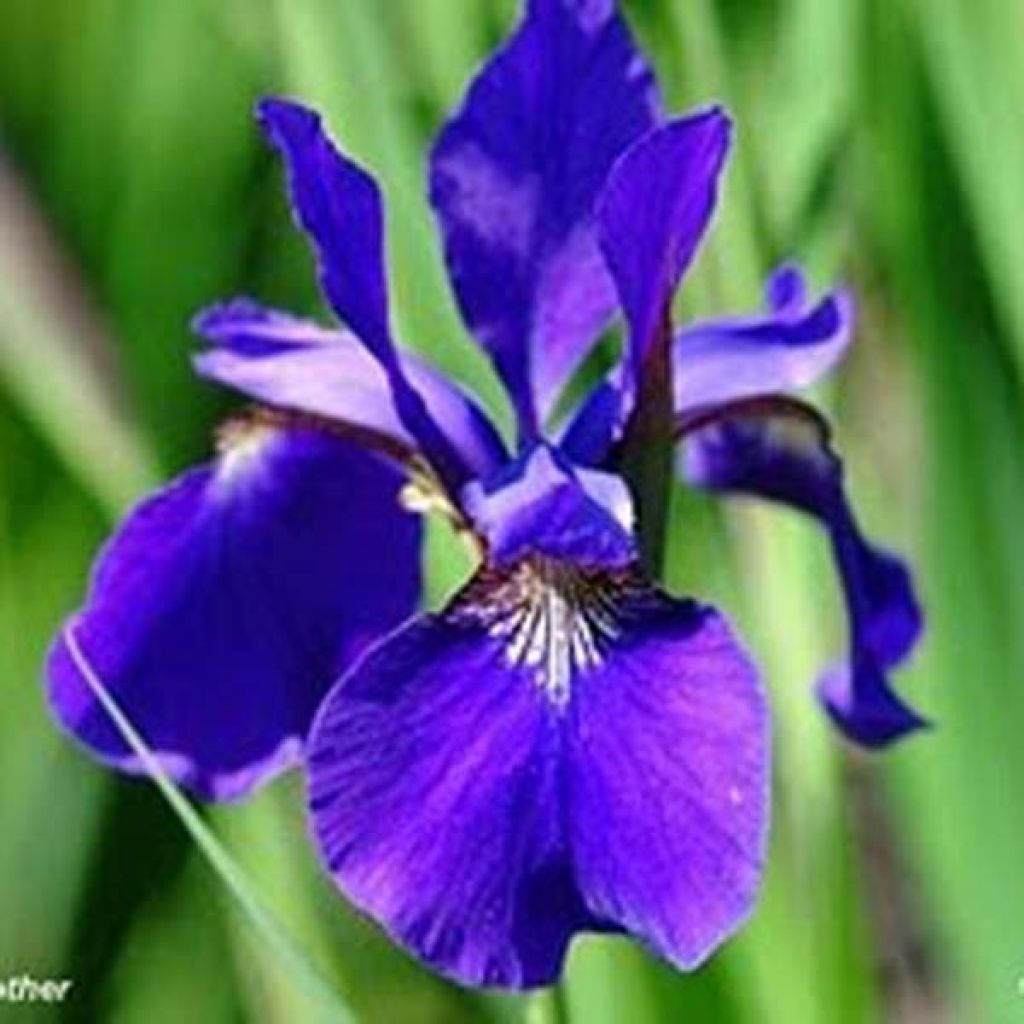

Iris sibirica Caesars Brother - Siberian Iris
Iris sibirica Caesars Brother - Siberian Iris
Iris sibirica Caesar's Brother
Siberian Iris, Siberian Flag
Special offer!
Receive a €20 voucher for any order over €90 (excluding delivery costs, credit notes, and plastic-free options)!
1- Add your favorite plants to your cart.
2- Once you have reached €90, confirm your order (you can even choose the delivery date!).
3- As soon as your order is shipped, you will receive an email containing your voucher code, valid for 3 months (90 days).
Your voucher is unique and can only be used once, for any order with a minimum value of €20, excluding delivery costs.
Can be combined with other current offers, non-divisible and non-refundable.
Home or relay delivery (depending on size and destination)
Schedule delivery date,
and select date in basket
This plant carries a 12 months recovery warranty
More information
We guarantee the quality of our plants for a full growing cycle, and will replace at our expense any plant that fails to recover under normal climatic and planting conditions.
Does this plant fit my garden?
Set up your Plantfit profile →
Description
The Siberian Iris Caesar's Brother, a variety with dark blue flowers of rare intensity.
The Siberian Iris, or Iris sibirica, is very similar in cultivation to the Japanese iris. It likes rich and moist soils and tolerates the sun but its flowering will last longer in partial shade.
It blooms from May to June for a good three weeks. Its flowers, smaller than the Japanese iris (about 10cm (4in) in diameter), are finer and generally more intense in colour. There are many cultivars, with blue, violet, pink or white flowers, sometimes bicoloured and very rarely double. The flower stalks stand at 1m (3ft) in height and the fine foliage reaches a height of 60cm (24in).
Due to its origins, it is not afraid of cold or humidity, but like its Japanese cousin, it does not appreciate being submerged underwater in winter. Plant it either on the edge of a pond but not too close to the waterline, or in a constantly damp to moist flowerbed, even in summer.
Iris sibirica Caesar's Brother has very intense dark blue flowers measuring 6-7cm (2-3in) in diameter. They reach a height of 1m (3ft) and bloom in spring, at the beginning of May, for 3 weeks to 1 month.
An interesting variety for its intense flowers that catch the eye, to be paired with astilbes, hostas, Japanese primroses, astrantias, and Japanese irises in a moist flowerbed.
Report an error about the product description
Iris sibirica Caesars Brother - Siberian Iris in pictures
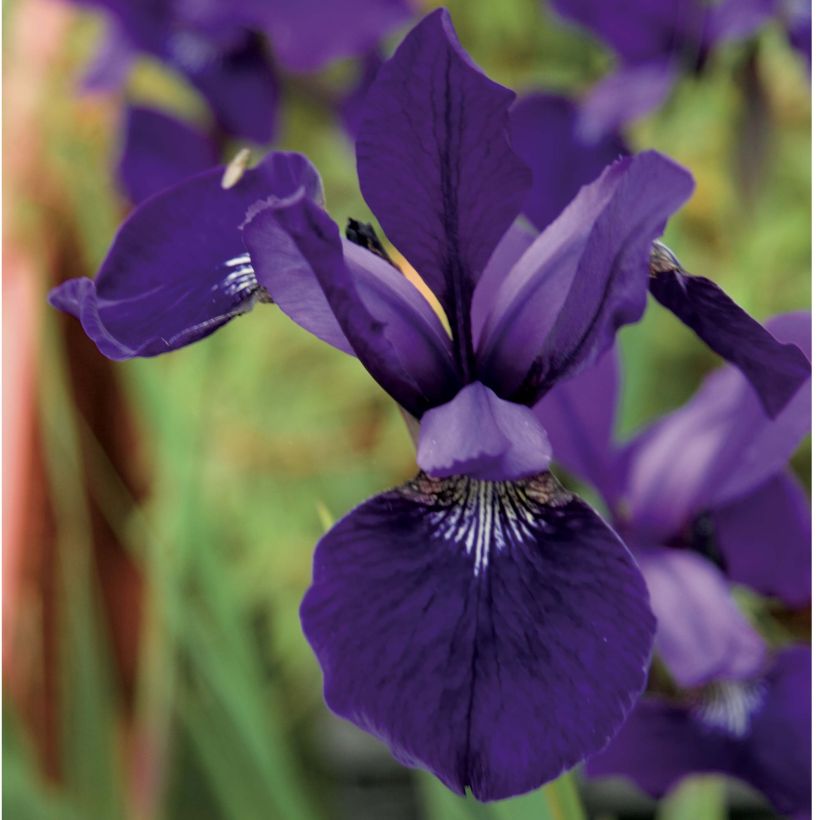

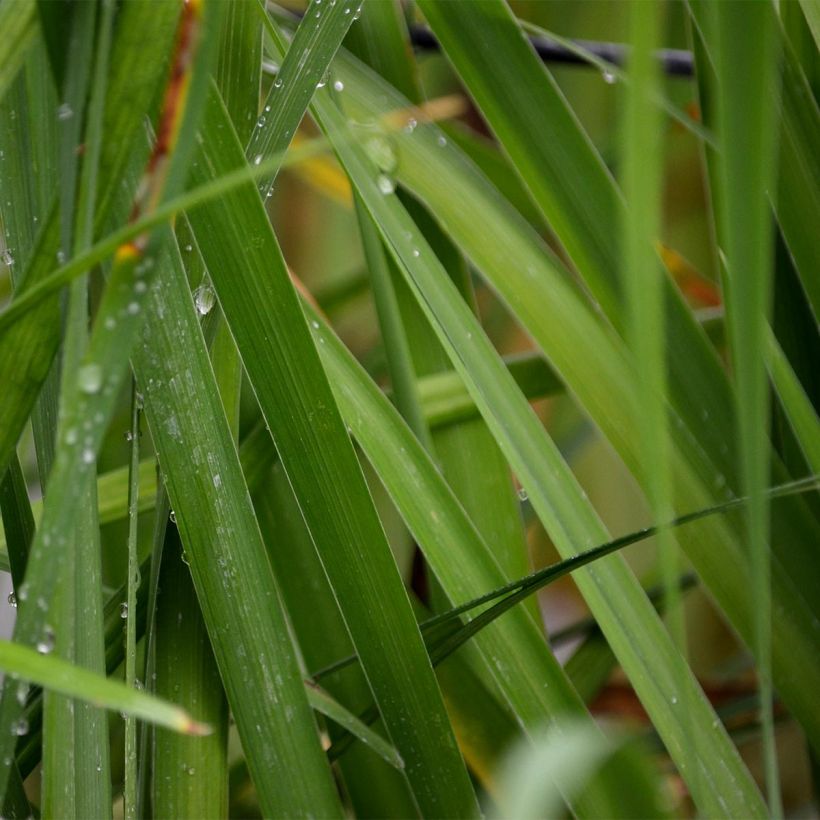

Flowering
Foliage
Plant habit
Botanical data
Iris
sibirica
Caesar's Brother
Iridaceae
Siberian Iris, Siberian Flag
Cultivar or hybrid
Other Siberian Iris
View all →Planting and care
Easy to grow and not demanding, the Siberian Iris loves heavy, rich and moist soils in summer. Plant it preferably in partial shade, it appreciates warmth and can tolerate non-scorching sun. Its base does not appreciate being submerged underwater in winter. Plant it either on the edge of a pond but not too close to the flood zone, or in a perennial bed that remains consistently moist, even in summer.
Planting period
Intended location
Care
Planting & care advice
-
, onOrder confirmed
Reply from on Promesse de fleurs
Similar products
Haven't found what you were looking for?
Hardiness is the lowest winter temperature a plant can endure without suffering serious damage or even dying. However, hardiness is affected by location (a sheltered area, such as a patio), protection (winter cover) and soil type (hardiness is improved by well-drained soil).

Photo Sharing Terms & Conditions
In order to encourage gardeners to interact and share their experiences, Promesse de fleurs offers various media enabling content to be uploaded onto its Site - in particular via the ‘Photo sharing’ module.
The User agrees to refrain from:
- Posting any content that is illegal, prejudicial, insulting, racist, inciteful to hatred, revisionist, contrary to public decency, that infringes on privacy or on the privacy rights of third parties, in particular the publicity rights of persons and goods, intellectual property rights, or the right to privacy.
- Submitting content on behalf of a third party;
- Impersonate the identity of a third party and/or publish any personal information about a third party;
In general, the User undertakes to refrain from any unethical behaviour.
All Content (in particular text, comments, files, images, photos, videos, creative works, etc.), which may be subject to property or intellectual property rights, image or other private rights, shall remain the property of the User, subject to the limited rights granted by the terms of the licence granted by Promesse de fleurs as stated below. Users are at liberty to publish or not to publish such Content on the Site, notably via the ‘Photo Sharing’ facility, and accept that this Content shall be made public and freely accessible, notably on the Internet.
Users further acknowledge, undertake to have ,and guarantee that they hold all necessary rights and permissions to publish such material on the Site, in particular with regard to the legislation in force pertaining to any privacy, property, intellectual property, image, or contractual rights, or rights of any other nature. By publishing such Content on the Site, Users acknowledge accepting full liability as publishers of the Content within the meaning of the law, and grant Promesse de fleurs, free of charge, an inclusive, worldwide licence for the said Content for the entire duration of its publication, including all reproduction, representation, up/downloading, displaying, performing, transmission, and storage rights.
Users also grant permission for their name to be linked to the Content and accept that this link may not always be made available.
By engaging in posting material, Users consent to their Content becoming automatically accessible on the Internet, in particular on other sites and/or blogs and/or web pages of the Promesse de fleurs site, including in particular social pages and the Promesse de fleurs catalogue.
Users may secure the removal of entrusted content free of charge by issuing a simple request via our contact form.
The flowering period indicated on our website applies to countries and regions located in USDA zone 8 (France, the United Kingdom, Ireland, the Netherlands, etc.)
It will vary according to where you live:
- In zones 9 to 10 (Italy, Spain, Greece, etc.), flowering will occur about 2 to 4 weeks earlier.
- In zones 6 to 7 (Germany, Poland, Slovenia, and lower mountainous regions), flowering will be delayed by 2 to 3 weeks.
- In zone 5 (Central Europe, Scandinavia), blooming will be delayed by 3 to 5 weeks.
In temperate climates, pruning of spring-flowering shrubs (forsythia, spireas, etc.) should be done just after flowering.
Pruning of summer-flowering shrubs (Indian Lilac, Perovskia, etc.) can be done in winter or spring.
In cold regions as well as with frost-sensitive plants, avoid pruning too early when severe frosts may still occur.
The planting period indicated on our website applies to countries and regions located in USDA zone 8 (France, United Kingdom, Ireland, Netherlands).
It will vary according to where you live:
- In Mediterranean zones (Marseille, Madrid, Milan, etc.), autumn and winter are the best planting periods.
- In continental zones (Strasbourg, Munich, Vienna, etc.), delay planting by 2 to 3 weeks in spring and bring it forward by 2 to 4 weeks in autumn.
- In mountainous regions (the Alps, Pyrenees, Carpathians, etc.), it is best to plant in late spring (May-June) or late summer (August-September).
The harvesting period indicated on our website applies to countries and regions in USDA zone 8 (France, England, Ireland, the Netherlands).
In colder areas (Scandinavia, Poland, Austria...) fruit and vegetable harvests are likely to be delayed by 3-4 weeks.
In warmer areas (Italy, Spain, Greece, etc.), harvesting will probably take place earlier, depending on weather conditions.
The sowing periods indicated on our website apply to countries and regions within USDA Zone 8 (France, UK, Ireland, Netherlands).
In colder areas (Scandinavia, Poland, Austria...), delay any outdoor sowing by 3-4 weeks, or sow under glass.
In warmer climes (Italy, Spain, Greece, etc.), bring outdoor sowing forward by a few weeks.






























